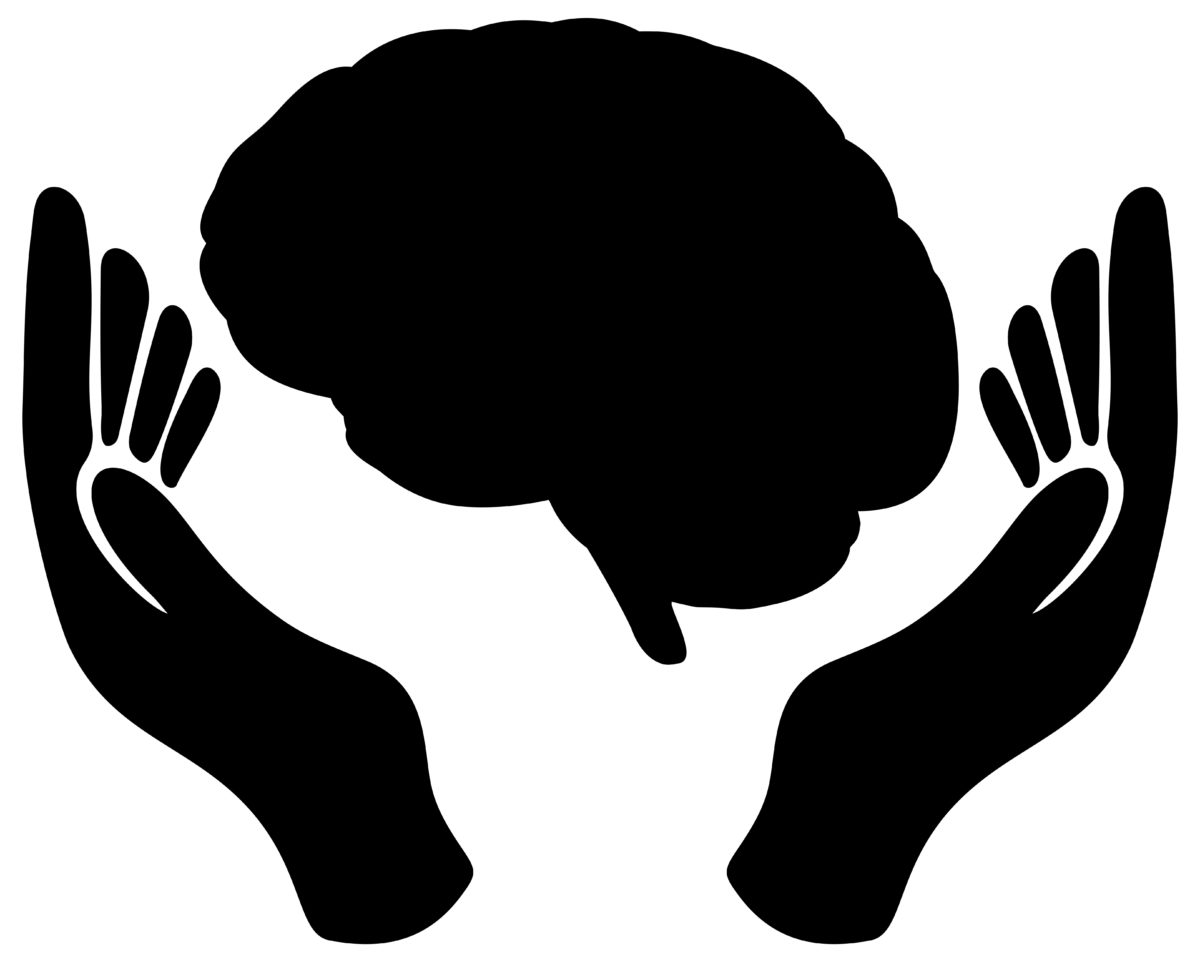Suicide is the second leading cause of death in people ages 10 to 24 according to the Center for Disease Control. Around 5,000 young people complete suicide attempts each year. Children and teens who are being bullied are twice as likely to attempt suicide than those who are not.
The month of September is dedicated to suicide awareness and prevention, an issue that may affect teens more than many think. October also follows this month on a similar topic; National Depression and Mental Health Screening month.
Many mental illnesses, from depression and anxiety to more complex disorders like personality and trauma disorders, begin to present during teen years. It can be hard for teens to find an outlet and allow themselves to cope with these things, as well as regular hormonal problems and social stresses.
“In males particularly they’re taught to be stronger and suck it up,” sophomore Marylyn Mickey commented. “Girls [are told] they’re too sensitive. It builds up and eventually becomes too much to handle.”
Denial that is taught to teens by parents or their emotions being ignored by their friends can also contribute to their struggle with mental health and suicidal thoughts.
“While talking about mental health issues with friends is becoming more common, a lot of people don’t feel comfortable enough to express their concerns among friends due to it being considered taboo in the past,” senior Lucas Schroeder commented.
Depression is considered a risk factor for suicide in both adults and teenagers, as well as substance abuse and other mental health struggles. Adverse childhood experiences, like familial abuse, parental divorce, and familial suicidality to name a few, can also be considered risk factors for adolescents.
“It’s easier to control your emotions when you have someone who will actually listen,” freshman Emma Brickner said. “It also never helps to ignore your issues, because then they will just start building up until you can’t fit it alone. If you get to that point and have nobody to talk to, I think that could lead to [people] feeling like they need to end it.”
Individuals who experience types of oppression on a daily basis, in the form of discrimination and/or bullying, are also more likely to consider or attempt suicide. People of color and LGBTQ+ individuals are at a higher risk of suicide than those who are white and cisgender/heterosexual.
According to the American Psychiatric Association, almost 70% of LGBTQ+ teens have seriously considered suicide, and 20% of teens in general have considered committing suicide before.
“Most school counselors tell you to get more rest, or take deep breaths, but that doesn’t help with those kinds of thoughts,” Marylyn Mickey said. “They will do almost anything else they can not to send you somewhere else.”
Signs to look for in someone who may be suicidal include extreme mood swings and behavior changes that are abnormal from their usual manner, becoming closed off to family, friends, and other loved ones, as well as behaviors like giving away items and saying goodbye. It is not always as obvious as someone saying they want to die or kill themselves.
988 is the Suicide and Crisis Lifeline for the United States. Other numbers that can be contacted in crisis or for assistance with suicide or self harm related thoughts include The Trevor Project’s hotline for LGBTQ+ youth at 1-866-488-7386 or by texting “START” to 678-678.




